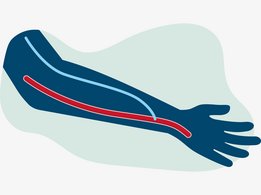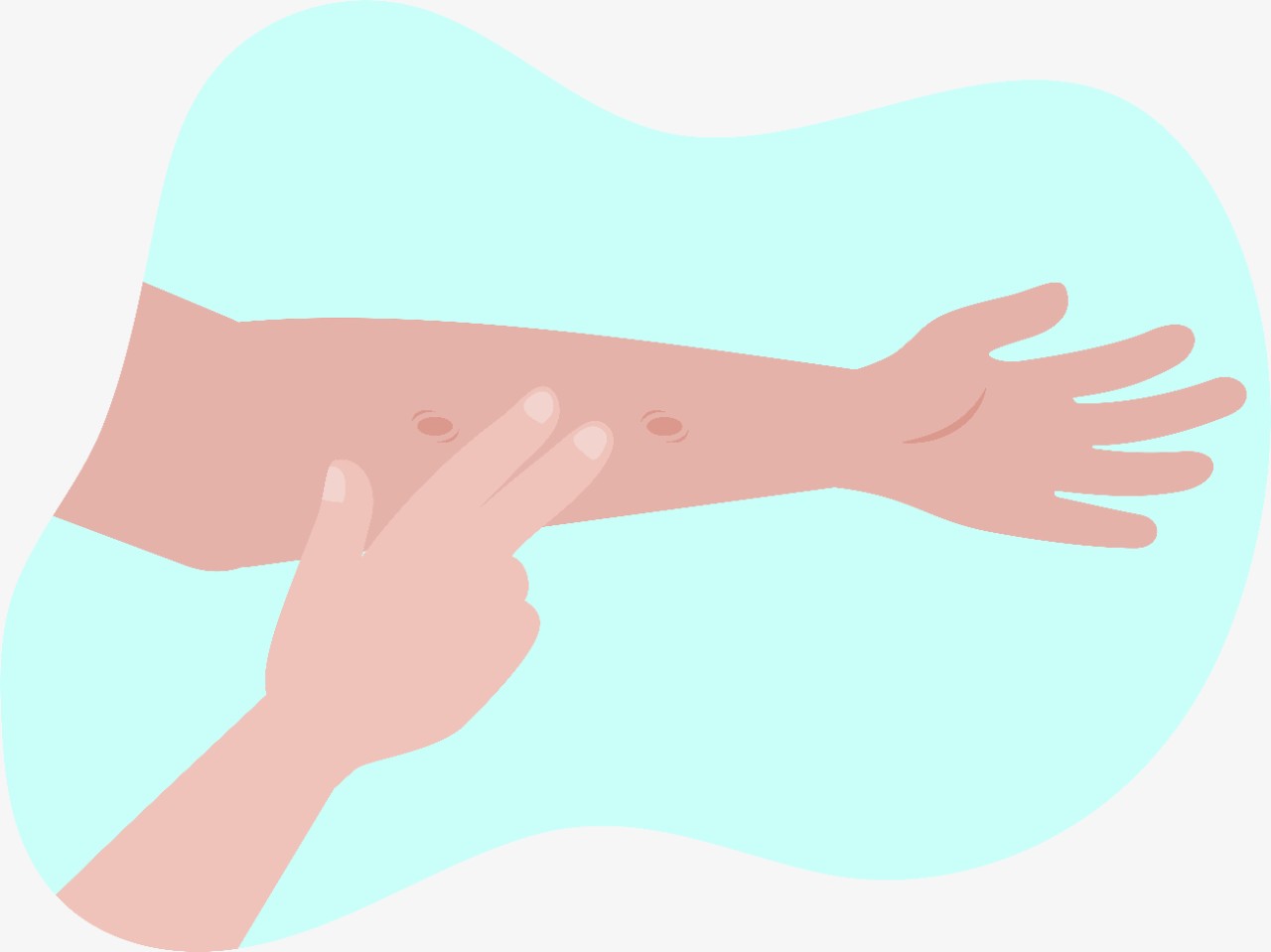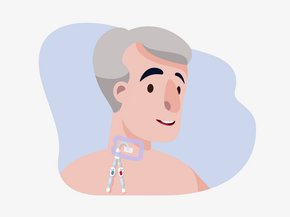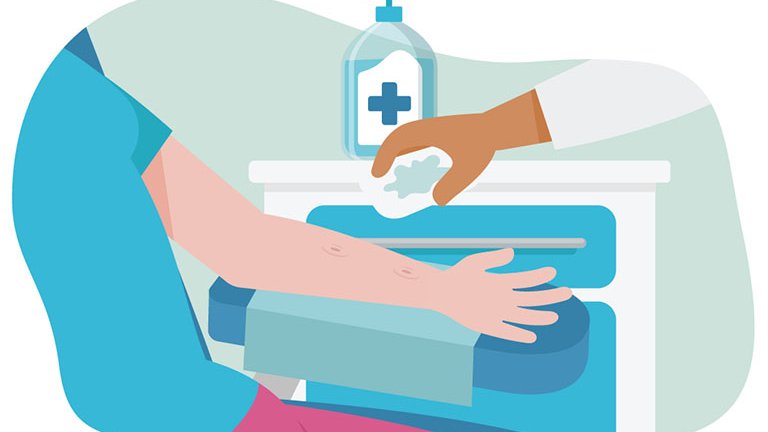Before you start haemodialysis you need a vascular access. This is the site on your body where blood is removed and returned during dialysis
Access care
Why do you need a fistula
Fistula Check
Given that the fistula plays a key role in a successful dialysis treatment, it is really important to keep it in good condition. Your fistula needs checking every day! You should use your eyes, ears and fingers to check that everything is OK.
Please follow a couple of simple rules to minimise the danger of infection or thrombosis, which are the most common dangers for your fistula:
Let the blood move freely
Avoid pressure of any kind on your fistula arm, as it can lead to thrombosis, especially in a condition of low blood pressure. You should avoid the following:
- Wearing tight clothing or restricting objects such as watches or bracelets which could cause a compression of the fistula.
- Sleeping on your access arm, as it can lead to transitory fistula kinking and a reduction of the blood flow.
- Strong bending of your fistula arm.
- Measuring your blood pressure in the fistula arm with a blood pressure meter, as inflating the cuff induces a compression of the blood vessels.
- Drawing blood or injections, as afterwards haemostasis has to be performed. In addition, unqualified personnel could potentially damage the fistula.
If you notice any of these disturbing symptoms: redness, swelling, soreness, increased temperature in the fistula area, please contact your doctor or dialysis team immediately.
Central venous catheter (CVC) care
CVC, a special type of intravenous catheter (tube), is indispensable in today’s dialysis centres. Some patients start haemodialysis without permanent vascular access – they will most often have a CVC.
Why do you need a CVC
How is CVC care performed
CVC care is usually done by nurses. The catheter exit site should be cleaned during each dialysis treatment. Personal protective equipment must be worn by the nurse. The patient should wear a mask while the dressing is changed and at any time the catheter is opened, such as during the connection and disconnection procedures. The sutures for non-tunnelled catheters must remain in place for as long as the catheter is inserted. If you have a tunnelled catheter, the sutures should be removed once the catheter cuff has healed into place.










